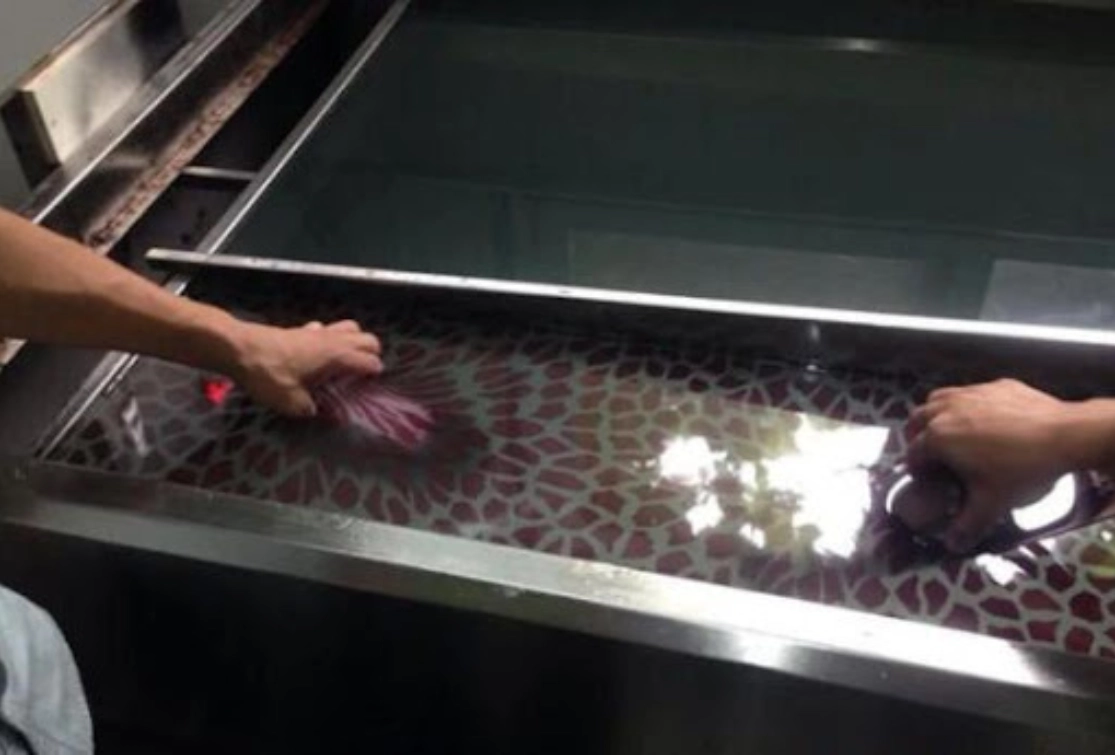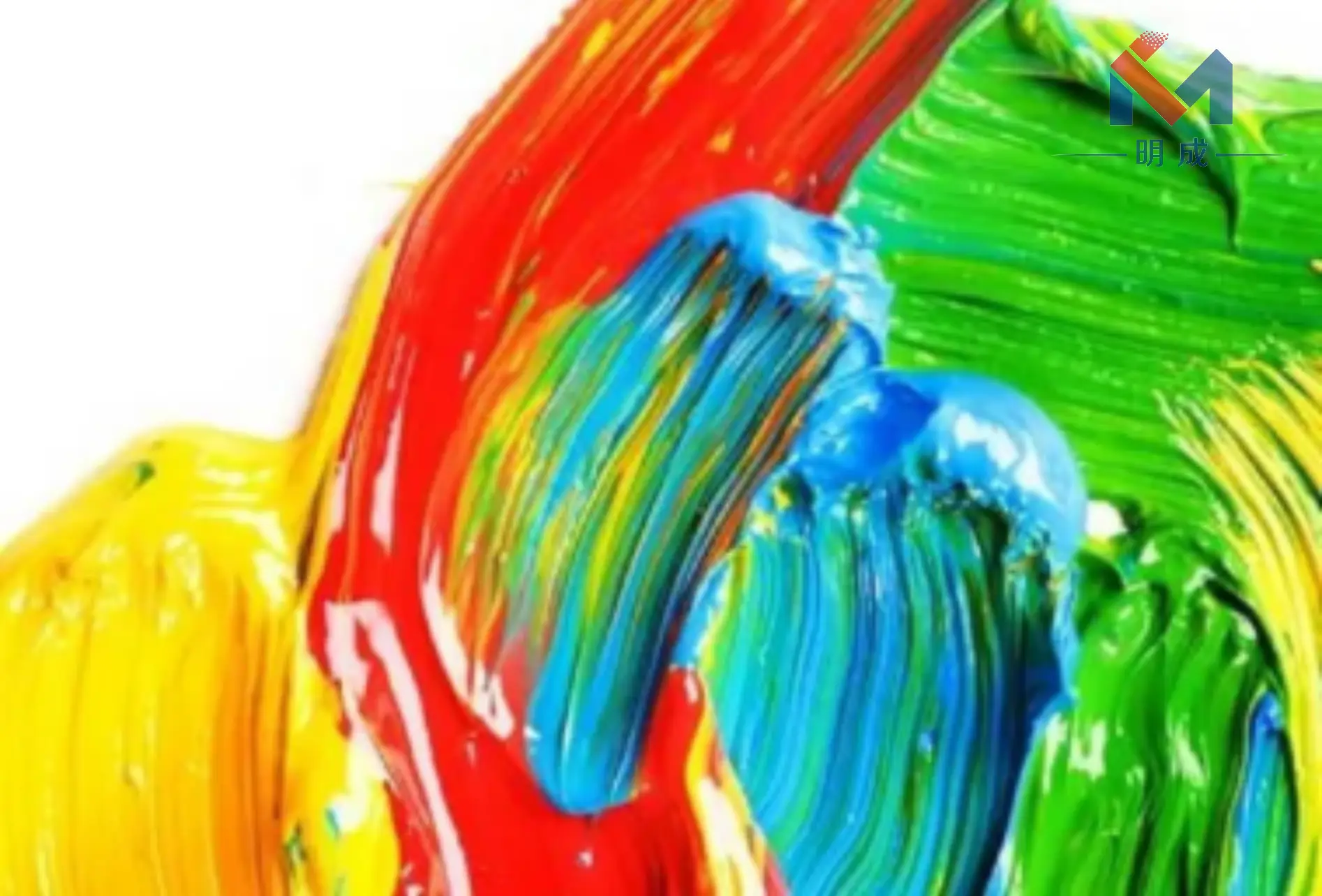Waterless Processes + Bio-Based Films: Water Transfer Printing Sparks
As the EU Carbon Border Adjustment Mechanism (CBAM) expands to plastic products and Gen-Z consumers prioritize "carbon footprint" in purchasing decisions, a green transformation is reshaping surface treatment technologies. Water Transfer Printing (WTP)—a core enabler of industrial aesthetics—is pioneering waterless processes and bio-based biodegradable films to break traditional high-pollution, high-energy constraints, offering manufacturers a green transition blueprint.
Solving Pain Points: From "Wastewater Tanks" to "Zero Liquid Discharge"
Traditional WTP consumes massive water and generates organic wastewater. The next-gen Dry Transfer Printing technology颠覆s the process:
- Laser Activation Replaces Water Dissolution: UV lasers precisely activate adhesive layers on transfer films for direct surface application;
- Waterless Operation: Eliminates immersion tanks, reducing water usage by 100%;
- Closed-Loop Recycling: Residual films converted into renewable fuel through pyrolysis (100% waste reuse). "This innovation removes water from 'water transfer' while enhancing 360° curved-surface coating capabilities," notes a Suzhou equipment firm’s Technical Director.
Material Revolution: Corn Stalks Become "Eco-Canvases"
Upstream supply chains embrace green transformation:
- Bio-Based Films: Polylactic acid (PLA) substrates from corn/sugarcane degrade naturally within 6 months;
- Plant-Derived Inks: Soybean/pine resins replace petroleum derivatives, slashing VOC emissions by 90%;
- Self-Healing Nano-Coatings: Microcapsule repair agents enable heat-activated scratch recovery, tripling product lifespan.
Cross-Industry Synergy: Green Tech Revitalizes Traditional Sectors
- EVs: A brand’s waterless-printed "zero-carbon interiors" with bio-film wood panels cut emissions by 47%, securing EPD certification;
- FMCG Packaging: PLA-film-printed cosmetic caps enable full-package compostability;
- Architectural Ceramics: WTP-printed stone slabs replace polluting glazing, saving 1.2 kWh/m², listed in MIIT’s Green Tech Catalog.
Policy Incentives Fuel $30B Ecosystem
Per MIIT data, China’s green surface treatment market will surpass ¥200B ($28B) in 2025. Regional initiatives accelerate:
- Dongguan established a Waterless Transfer Printing Industrial Zone integrating equipment/biomaterial firms;
- Zhejiang offers 30% subsidies for domestic green transfer equipment;
- Industry standard "Green WTP Technical Specifications" will launch this year, reshaping global supply chains.
Expert Voice: "Environmental compliance is no longer a cost center but a value creator," emphasizes Zhou Min, Vice Chairwoman of China Surface Engineering Association. "WTP’s green evolution proves traditional processes can achieve a virtuous cycle of low-carbon operation, cost reduction, and premium value—inspiring sectors like electroplating and spray coating."
Future Outlook: As biosynthetic and digital printing technologies converge, WTP is evolving into a "Sustainable Surface Design Platform." Envision: User uploads photo via app → AI generates carbon footprint report → Bio-film customization → On-demand localized waterless production—the ultimate balance of bespoke design and planetary stewardship.


